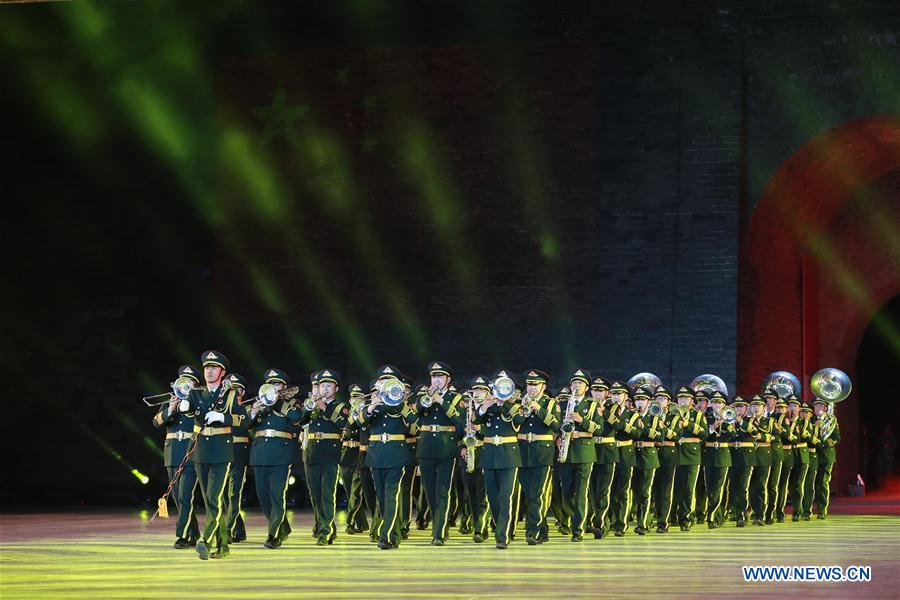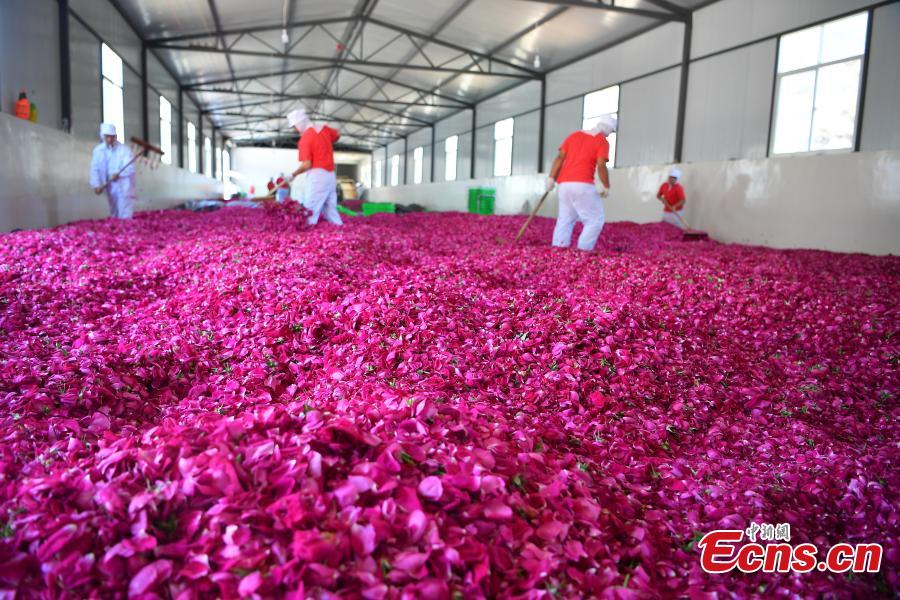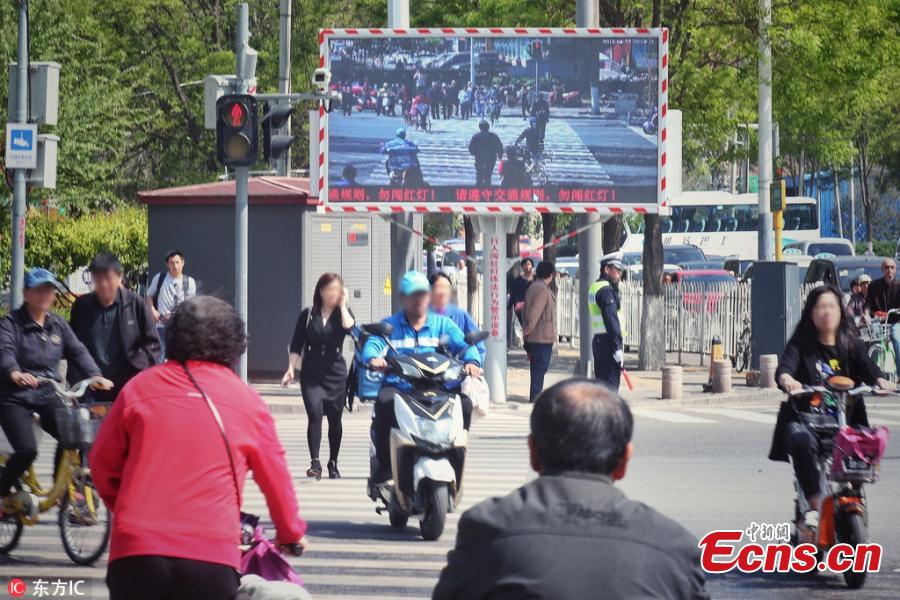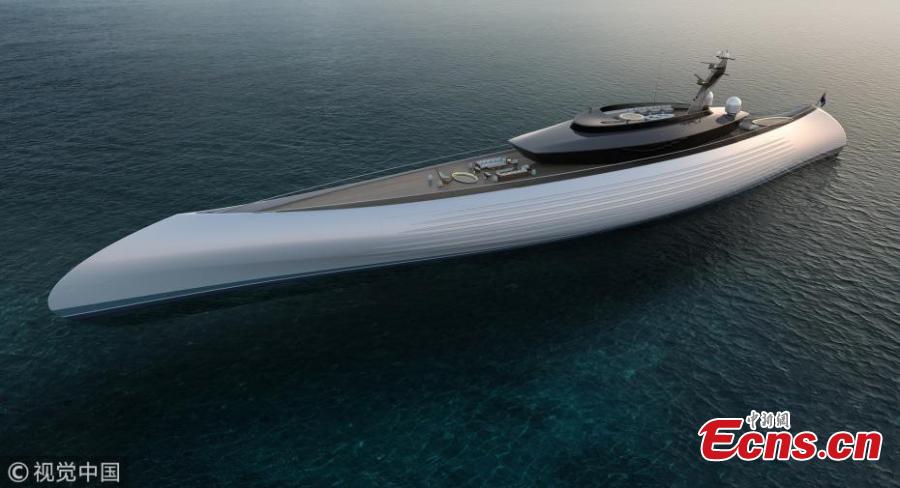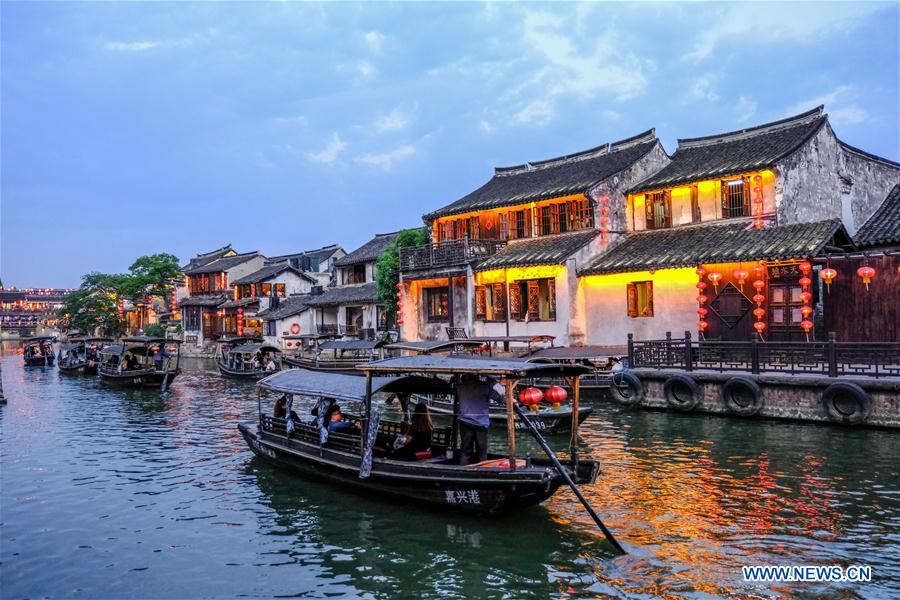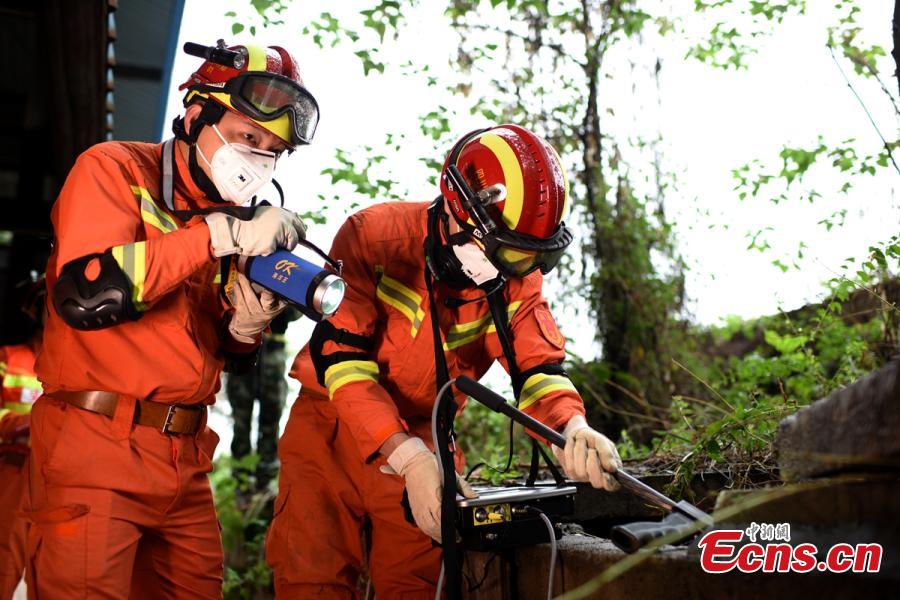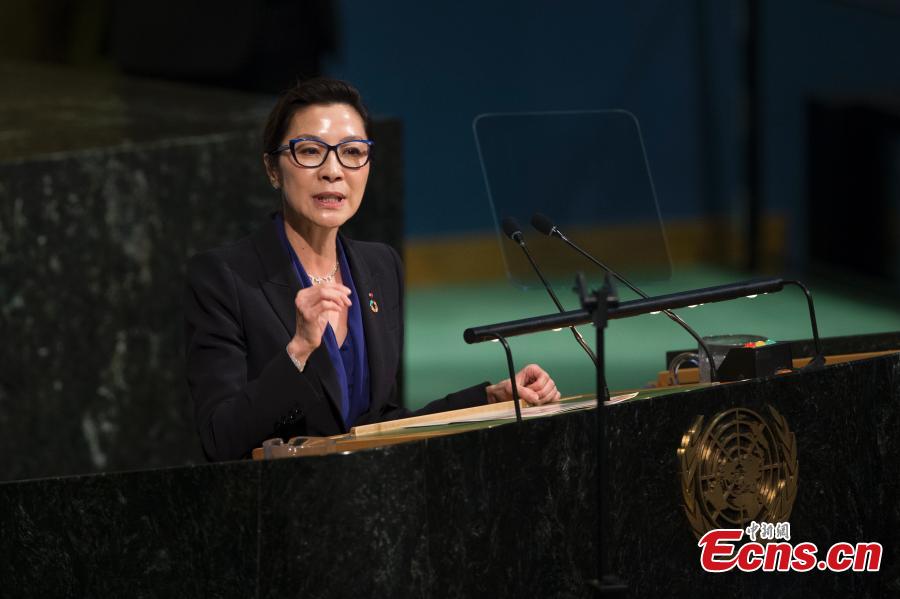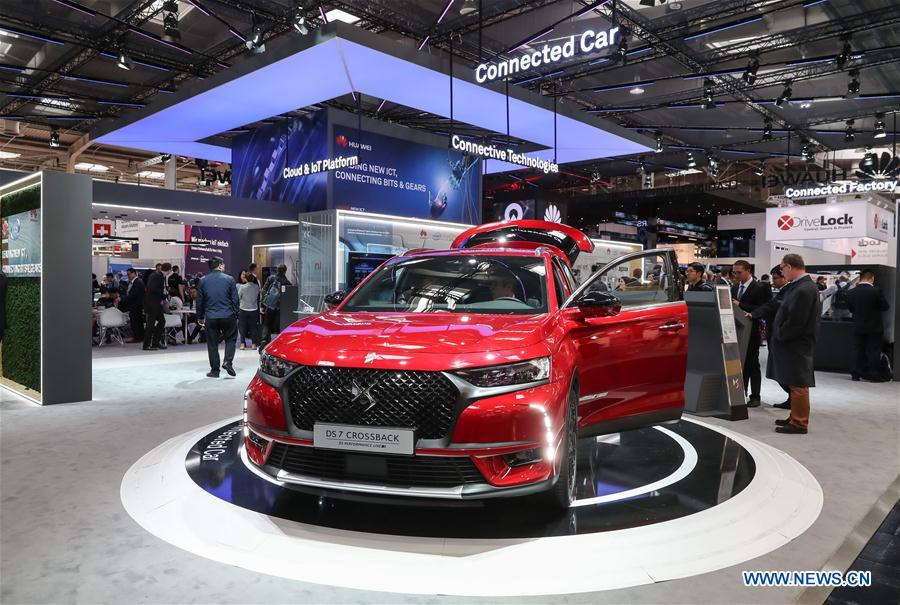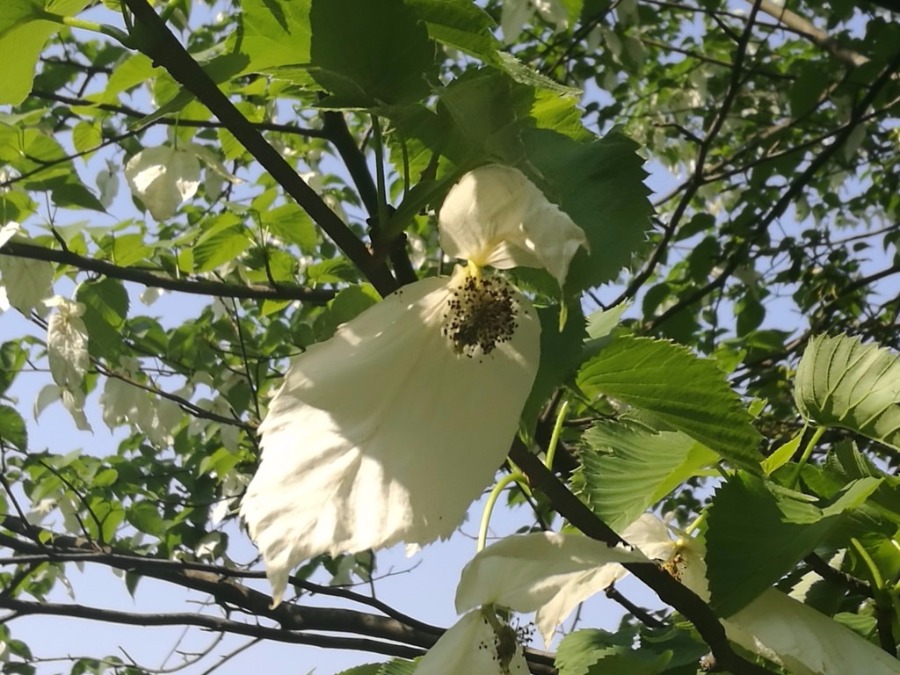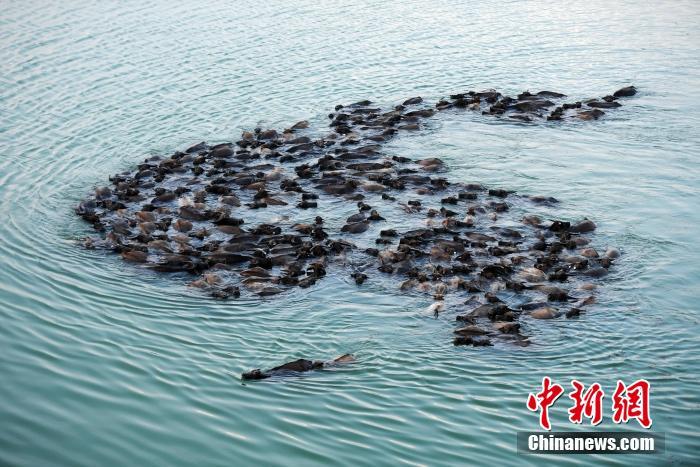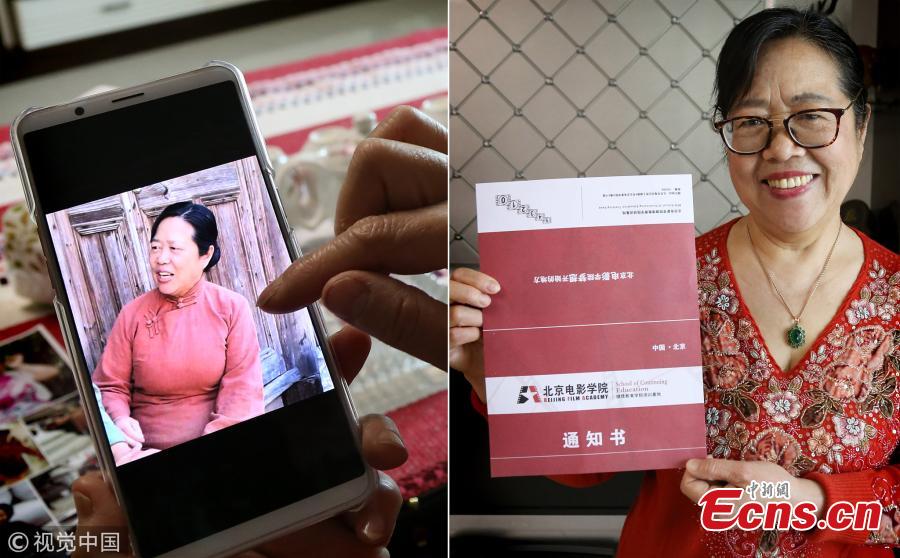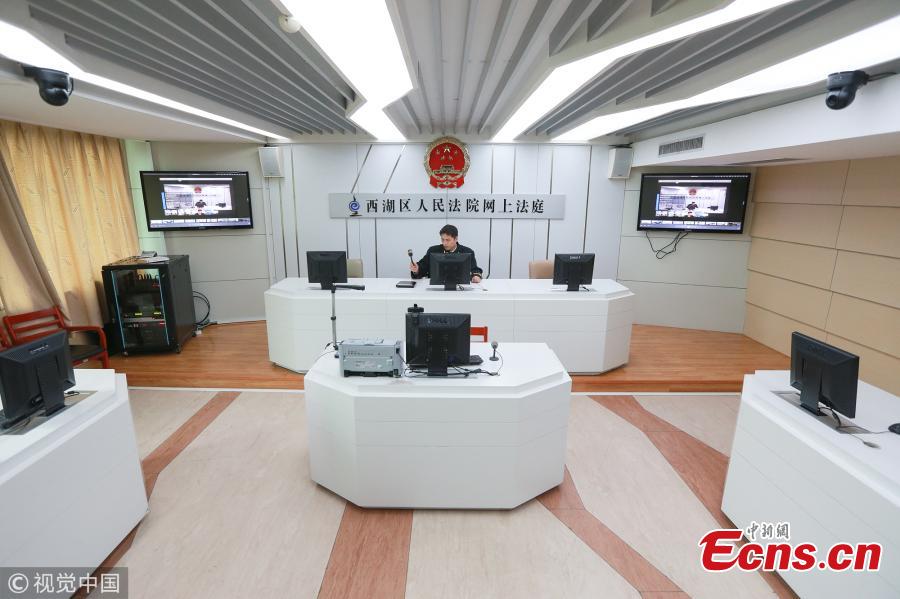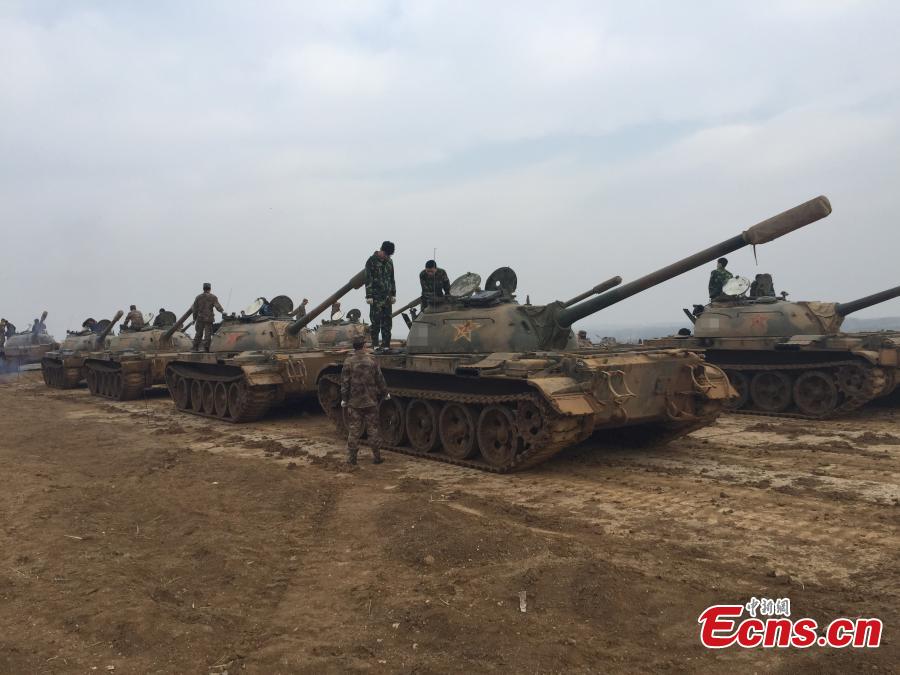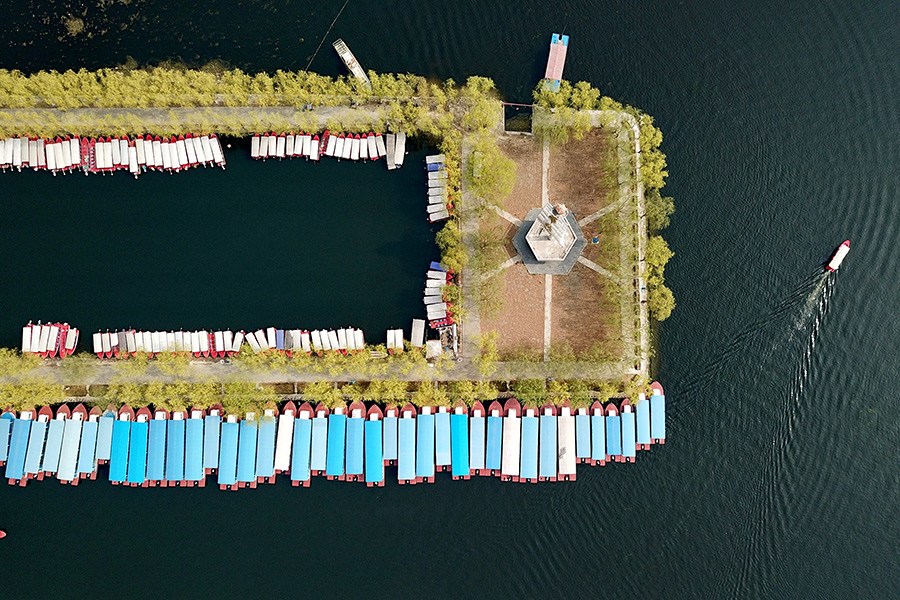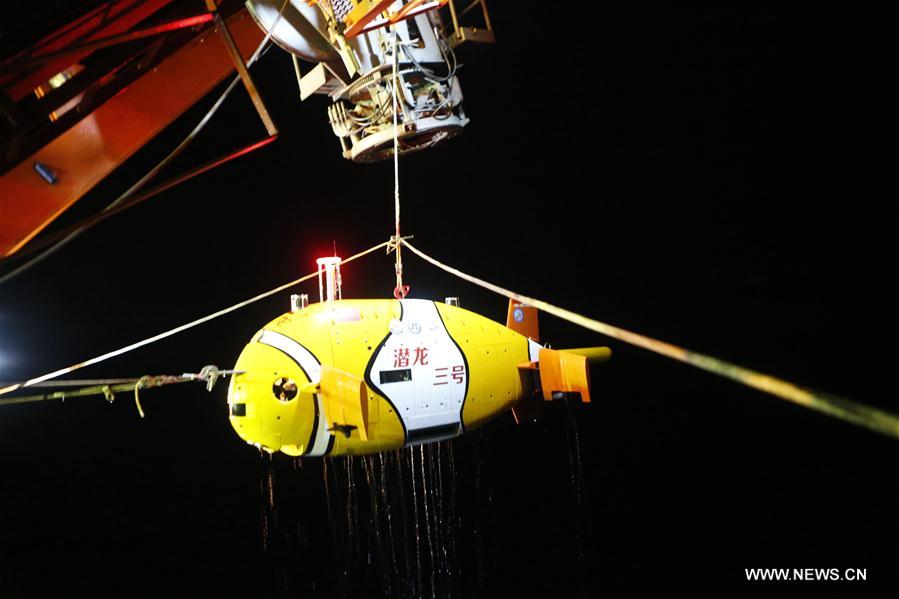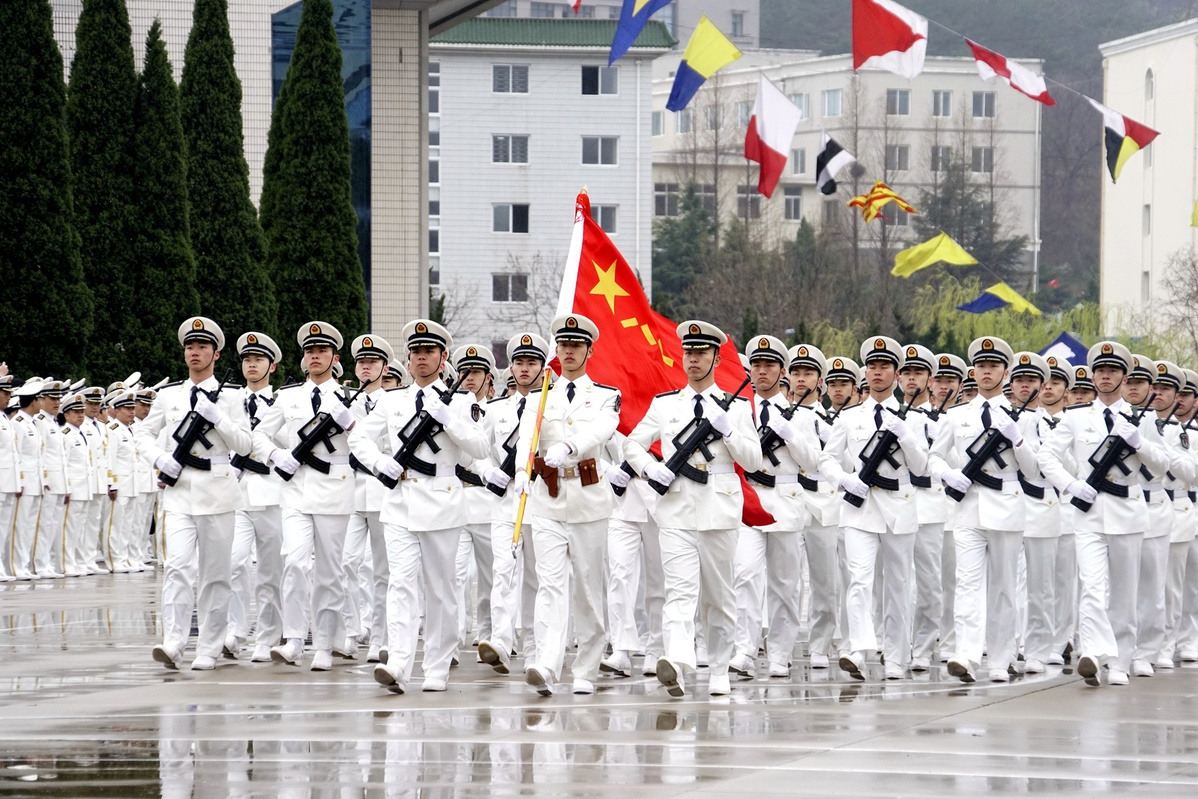While the country has seen a general improvement in air quality, the head of the country's top environmental authority has warned of lingering smog in a few areas, during a report on Wednesday to the Standing Committee of the National People's Congress.
The average concentration of PM2.5 - particulate matter with a diameter of 2.5 microns or less - dropped by 6.5 percent last year from 2016, Li Ganjie, minister of ecology and environment, told committee.
The Beijing-Tianjin-Hebei region stood out in air quality improvement with PM2.5 concentration down by almost 10 percent. The average concentration in the capital reached 58 micrograms per cubic meter last year with a year-on-year decrease of about 21 percent, Li said.
The country still faces a grim ecological situation because of the outsize proportion of heavy industry in China's industrial structure that still depends heavily on coal for energy, he said.
"Officials in some areas, especially at county level, are still failing to attach enough importance to green development. With inadequate capabilities, they also fail to take adequate action to promote green development. Some local governments continue to attach more importance to development than environmental protection," he said.
According to Li, Hebei, Shandong, Shanxi and Hunan provinces, as well as Tianjin, saw fairly good air quality on no more than 60 percent of days last year. The Fenhe and Weihe plains in Shanxi and Shaanxi provinces, respectively, had fewer days with fairly good air quality.
On average, the 338 prefecture-level or bigger cities in the country saw 78 percent of days last year with fairly good air quality, slightly below the target for the year. Meanwhile, the average concentration of PM2.5 in 71 percent of the cities has yet to reach the national standard of 35 mg per cu m.
While the concentration of particulate matter has gradually decreased, the concentration of ozone in 2017 increased by 8 percent from the previous year.
"The 28 major cities in the Beijing-Tianjin-Hebei cluster and the Fenhe and Weihe plains have seen big increases in ozone concentration, which needs greater attention in future air pollution control work," Li said.
According to the national joint research center on air pollution causes and control, ozone concentrations in the 28 major cities ranged from 96 to 202 micrograms per cubic meter in 2015. The range was 176 to 219 micrograms per cubic meter last year.
Zhu Weiqun, a professor of chemistry at Shandong University who has been researching air pollution control and air purification, said China still needs to reform wet flue gas desulphurization, a method the country generally uses to remove sulfur from fossil fuels to reduce air pollution in industries such as power generation and steelmaking.
He also said the government should increase research into hydrogen energy - the consumption of which would generate almost zero pollution - to replace fossil fuels in the electrical power generation industry.









